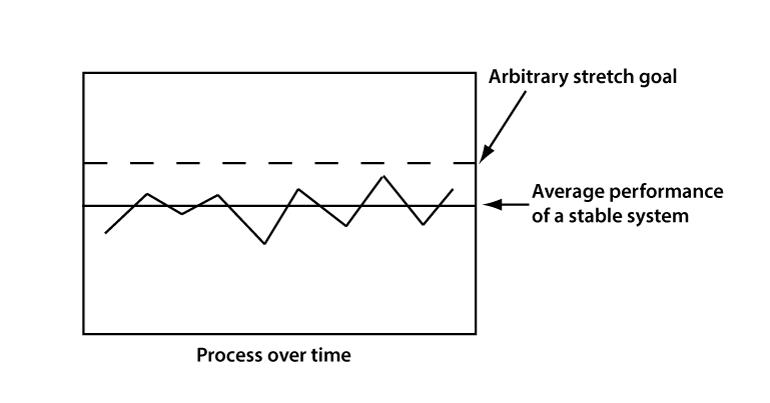The Bus Blues
- David Langford
- Business, Education, General
- 0 Comments
I stared at the stack of bus discipline reports on the corner of my desk. Well, there goes my day, I thought. Another day of trying to translate the bus driver’s comments in a way that makes sense to misbehaving elementary school students. Another day of listening to explanations and excuses from students. Another day of knowing that nothing I do seems to change behavior and make the problems go away.
















